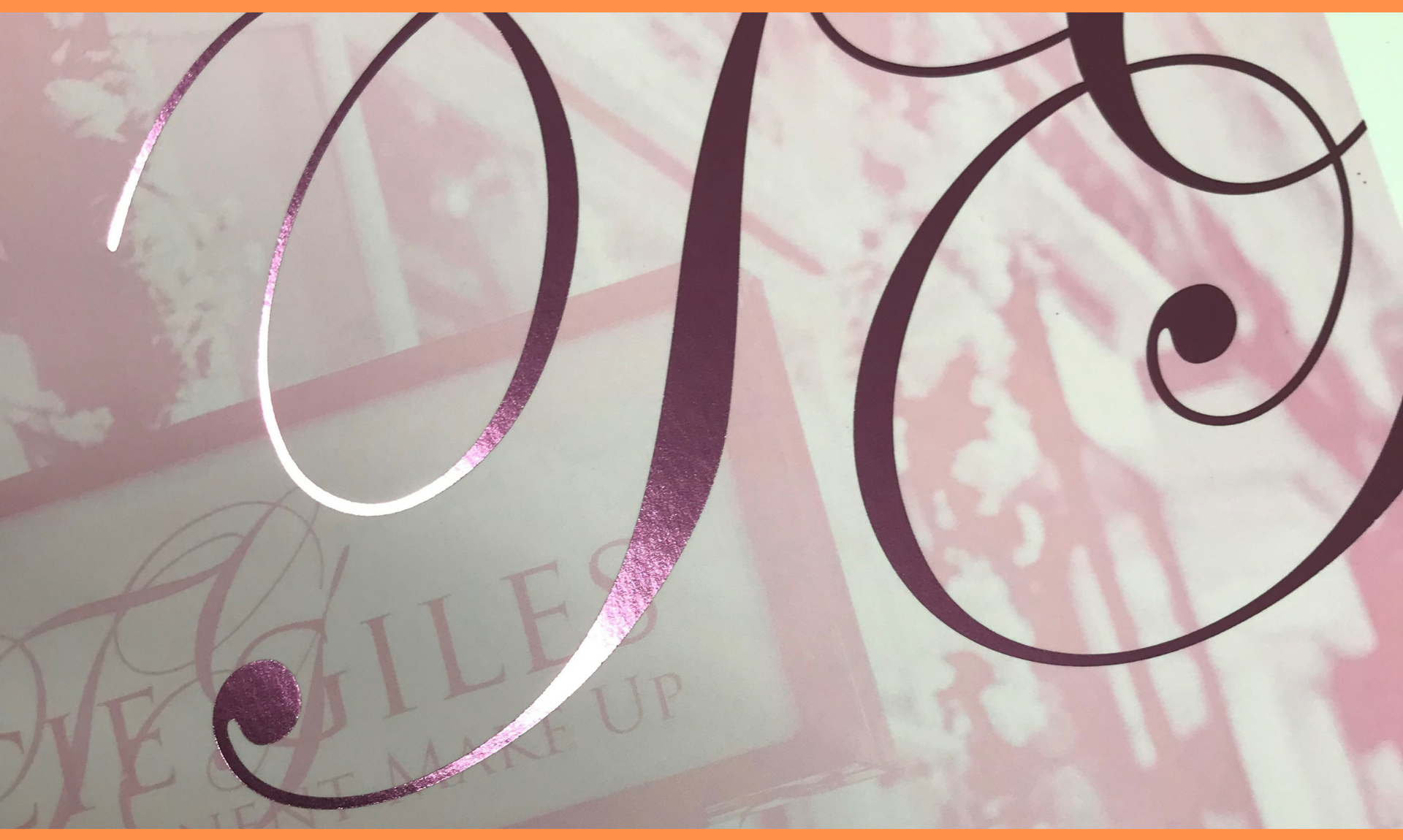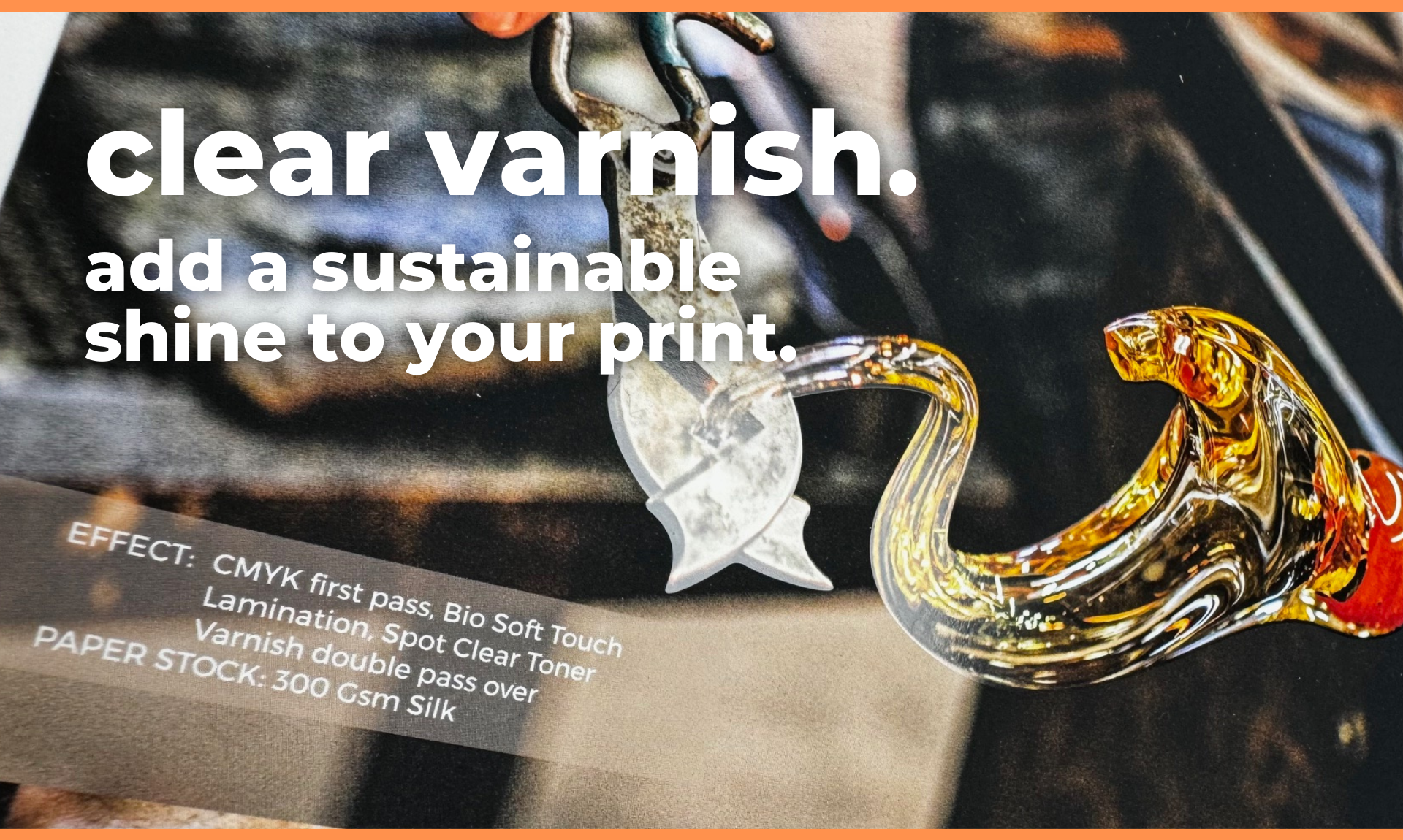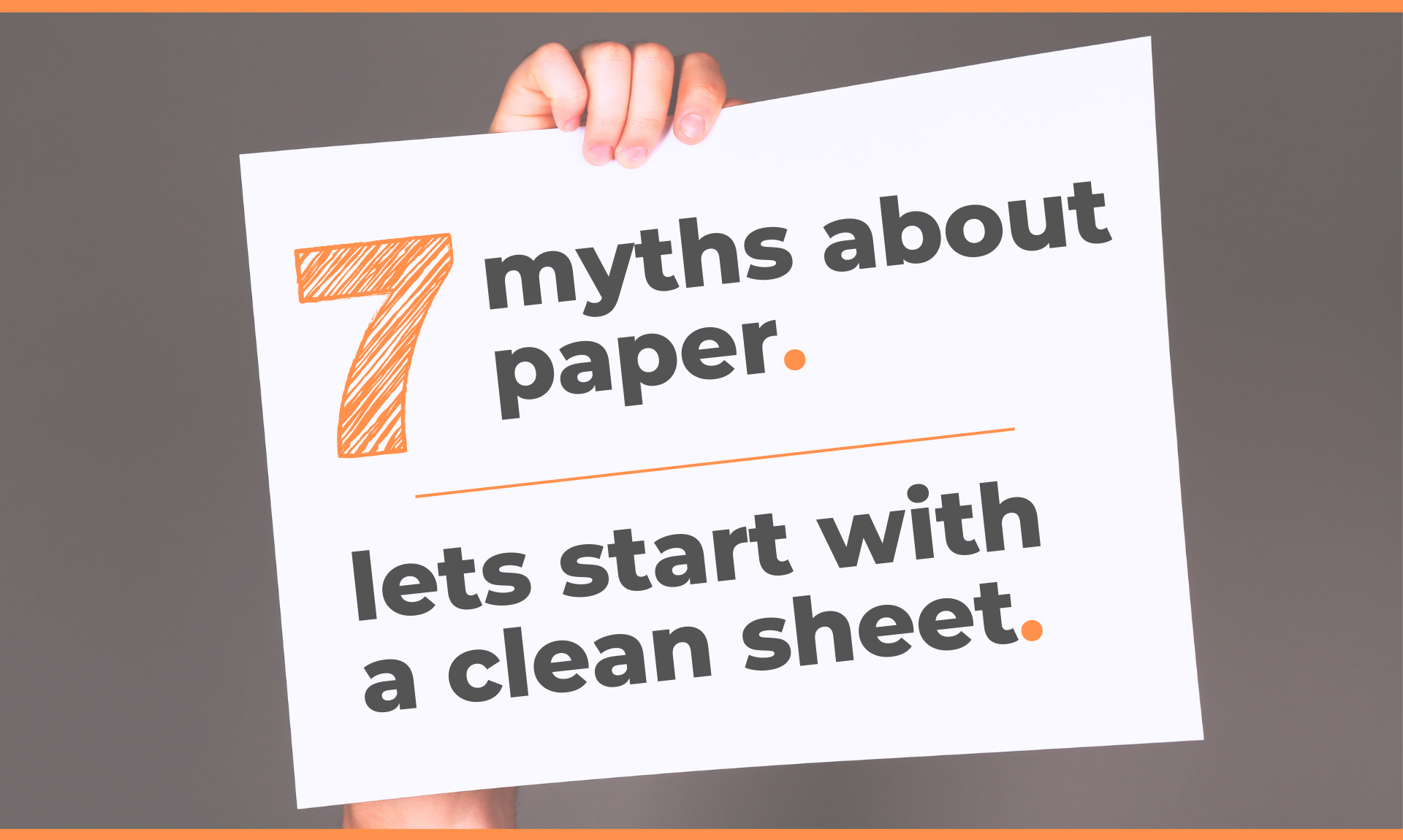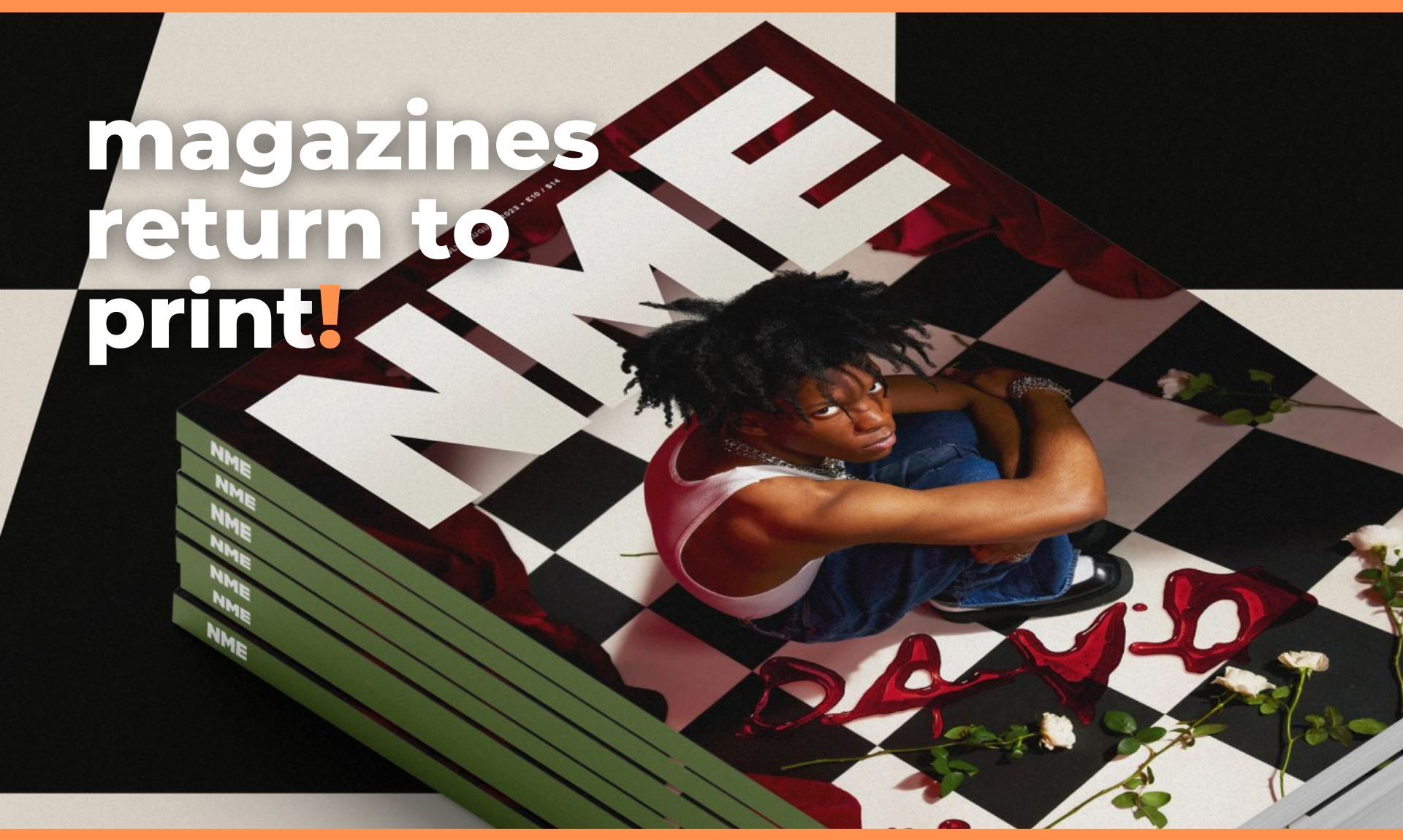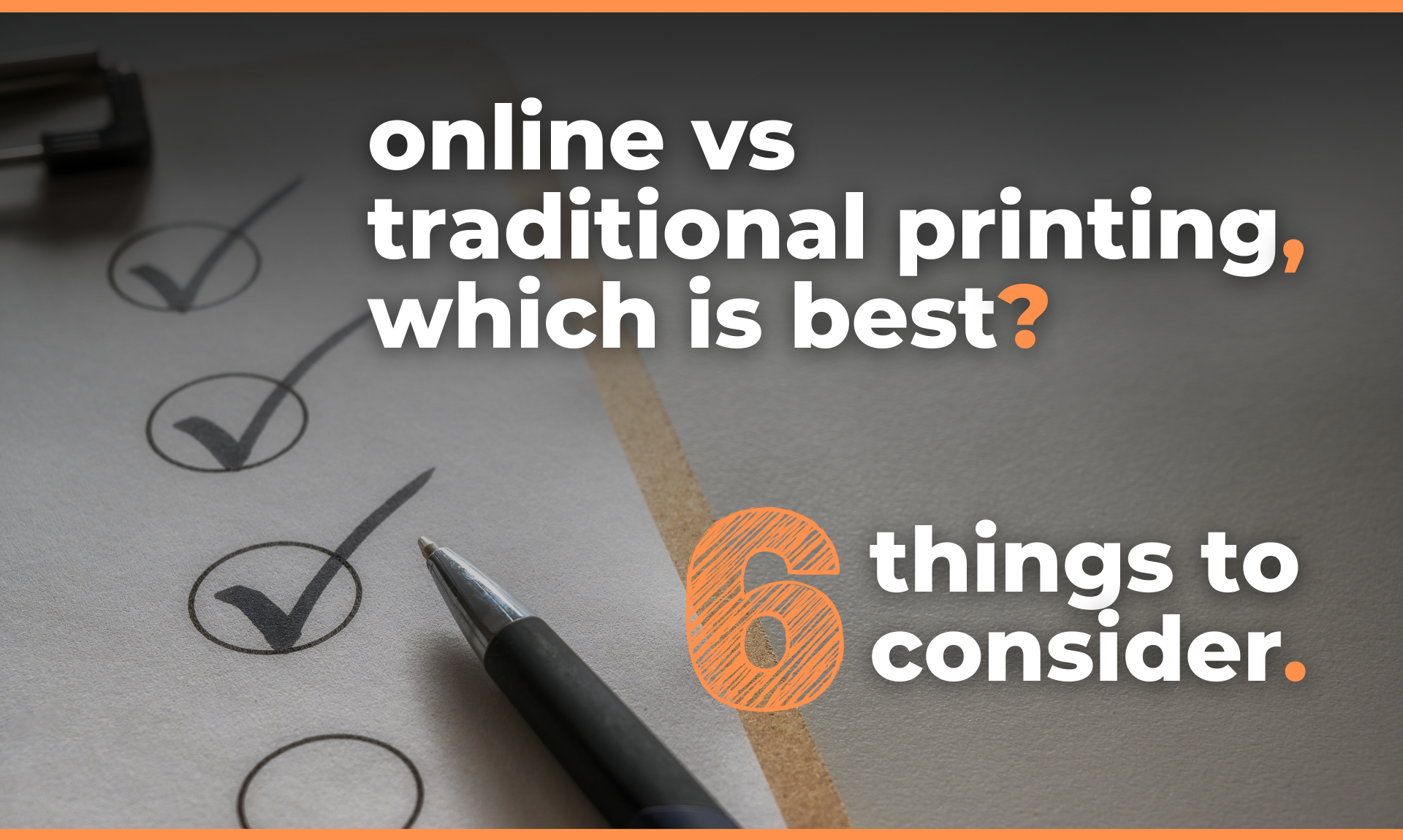Digital foiling vs. block foiling which is best? It’s a question asked of us and many other printers. Well, when you place a job with us at KNP that requires foiling, we recommend thinking digital first. Although, as a printer committed to offering the most comprehensive service, we also print and finish using block foiling. It’s about the best option for the job, every job.
But what exactly is the difference? What is digital foiling, and how does it very from traditional block foiling?
Whether it’s digital or not, the end result of both methods will be ‘ever so slightly raised shiny, metallic accents’ printed onto your design. I know, we thought that was a catchy phrase as well.
You could chose for that to be over lettering, large blocks or areas of colour. Or intricate, detailed designs to add a touch of refinement or improve visual impact. What’s different between digital foiling and block foiling is the way they’re printed. And and as a consequence, the actual finished effect you’ll get from both.
What’s the same?
OK, let’s first of all highlighting the similarities. Both block and digital foiling processes can:
- successfully achieve a rather attractive metallic printed finish for text, graphics or logos, as you so desire.
- offer a variety of finishes including a mirror-like shine to a muted satin appearance and even matt effects.
- deliver your desired result in a variety of colours. Including standard colours like blue, green, red, pink and white to more premium metallic colours. These could be silver, gold, rose gold, and copper.
- be used on different paper stocks such as Silk, Uncoated and Trucard.
- replicate spot varnish effects (targeting specific ‘spots’ on the design) through the use of clear foils.
- However, it’s worth noting that, for those of you looking for the ultimate in high gloss, real U.V. varnishing will accomplish a much higher gloss than is possible using foils.
And what’s not?
So now you know what both processes share. Let’s get into the specifics of digital foiling vs. block foiling which is best? And how each differs.
Traditional (Hot) Block Foiling
Traditional hot block foiling requires the use of a job specific metal die (metal stamping block). This has its own cost to produce and also creates an additional step. Costs will also increase the larger the die is. Foil is placed over the die, then heated and ‘pressed’ into the paper or card substrate under high pressure. Making sure the foiling film adheres successfully.
The pressure used during the hot foil process causes the underlying paper or card to become indented or ‘debossed’. This debossed result can be quite attractive. Alongside changing the surface of the print which in itself adds interest, it can cause the foiled area to more readily glint and catch the light.
While both digital and traditional hot foiling techniques can ‘print’ in a variety of metals, colours and finishes, traditional foiling does have a slightly wider range of metals and finishes available such as gloss, pearlescent and holographic.
Fancy a holograph?
Block foiling allows bespoke holographic effects which deliver a stunning and eye-catching result. And can achieve great impact if you want your logo to appear as a holographic ‘image’ for example. As well as adding a unique and attractive feel to your printed piece, such bespoke holograms have other applications. They can also be used as security devices because they’re difficult to copy or forge. As you’d expect, there is an additional cost to this process that does need to be factored into the overall cost of your print / design.
Hot block foiling never needs you to laminate your foil sheets if you don’t want to, unlike digital foiling. Block foiling can take place on top of any printed ink when you use the traditional hot foiling process.
Although more expensive than digital foiling for small and medium print quantities, and given the additional die stage, traditional hot foil can save money. Particularly on large print volumes through economies of scale.




Digital Foiling
One of the big advantages of digital foiling is that it requires no ‘die’, which has several benefits:
- Firstly, it removes a step from the process, reducing the time each job takes.
- Secondly, dies are made by specialist manufacturers. So using a die involves not only a cost but also the costs involved in transport from the supplier.
- And finally, the lack of a physical die also means digital foiling creates less waste.
- Both this and the previous benefit contribute towards digital foiling being a more sustainable option.
It does require an additional printing pass. Compared to traditional hot foiling, black is laid down first over the area to be foiled. But this is a very quick step.
Digital foiling can be accomplished almost instantly, making it perfect for quick turnaround or small quantity jobs. Whereas traditional hot foiling requires a longer set-up time.
A good level of detail and intricacy is possible with both types of foiling, however finer detail can be held using digital foiling.
Because it is not indented (it may even be very slightly raised), digital foil may not catch the light and glint quite so much as the hot foil process, which is stamped hard into the paper or card, causing the indent. However, it’s only a subtle difference.
Supplying a one-off foiled printer’s proof is totally viable with digital printing. With traditional hot foil it would usually be cost-prohibitive on all but the highest budget jobs.
In-house – cost effective and quicker
Digital foiling is accomplished entirely in-house, so KNP can offer speed and cost savings over traditional hot foil. Making it particularly cost-effective for small to medium printing volumes.
While digital foiling can accomplish holographic effects, they’re limited to just a few options. These include glitter and rainbow patterns. Unlike with traditional hot foiling, it’s not usually possible to have bespoke holographic effects.
Yet another area where digital foiling excels is the use of special foils. The digital foiling process can accommodate special foils that are printable. Meaning you can print black or coloured graphics over the top of the foiled areas. Something not possible with block foiling due to the debossed nature of the paper surface. This is particularly exciting and extremely effective if you want the entire background of your job to be foil (e.g. glitter foil) with graphics printed on top of the metallic surface. For example on product packaging.
If your job requires foiling directly on top of an area already printed with ink, it’ll have to be laminated first. Unlike with traditional hot foil. However, if the printed ink doesn’t meet the foiled area, and if the job is printed in a particular order, this isn’t necessarily the case.
Personalise that digital foil!
Ready for this last one? You’ll like it thanks to our Vivid Matrix Metallic variable digital foiling machine. Digital foil offers the unique option of applying a variable data file to your job if you so wish. Meaning each finished piece can be bespoke and personalised for the recipient! This digital foiling benefit on its own represents a fantastic opportunity to personalise communications that both speak to an individual and deliver creativity and impact. Making it a fantastic marketing tool.
And the winner is…
So, digital foiling vs. block foiling which is best?. There you have it. Hopefully that’s shed some light on the differences and capabilities of digital and block foiling techniques. And given you some food for thought about how you could use foiling as part of your marketing or your communications.
Both digital foiling and hot block foiling are available at KNP but for the greener, more sustainable reasons alone we recommend digital foiling. It’s where we’d like all our clients to go for that very reason. However, one of the key pillars we’ve built our business on is always offering you the most appropriate and constructive advice. So if you have a job that involves foiling, or you’re thinking of utilising foiling, talk to us first and we’ll work with you to map out the best solution for the needs of the job.
Why not start that chat now to get to the right finish together.


